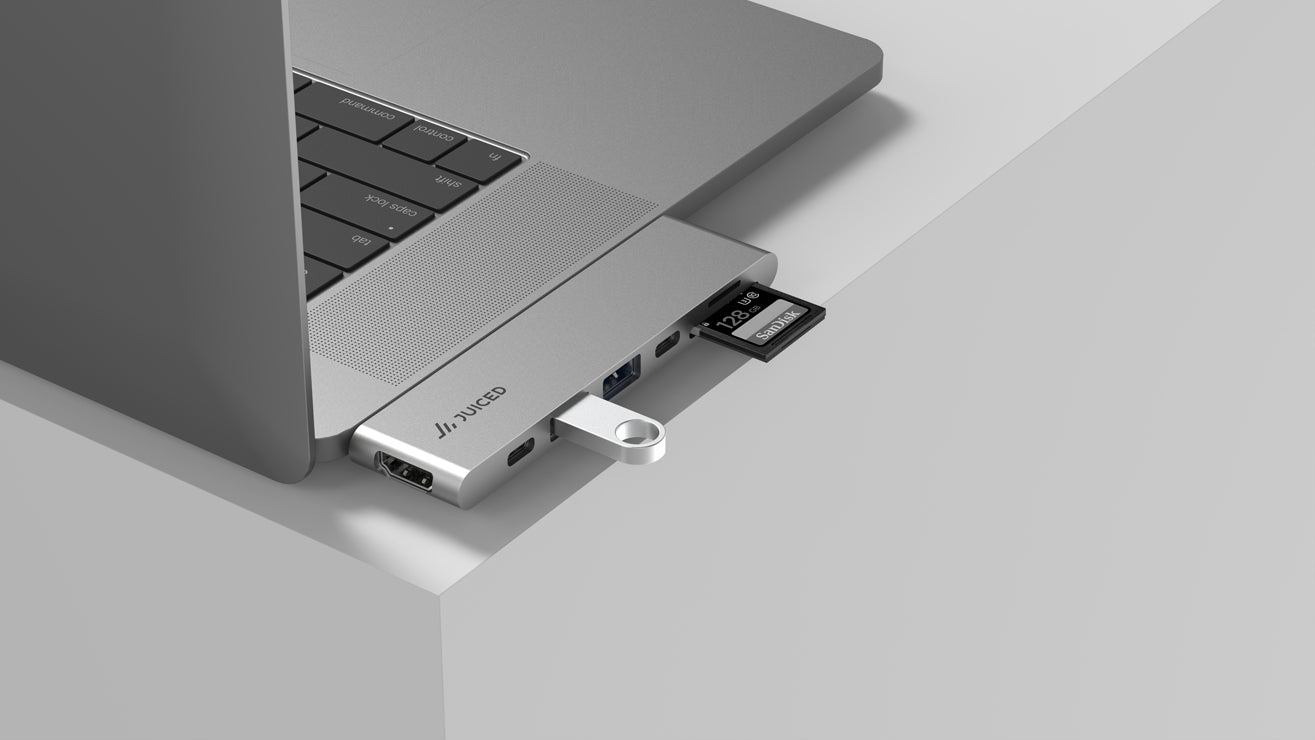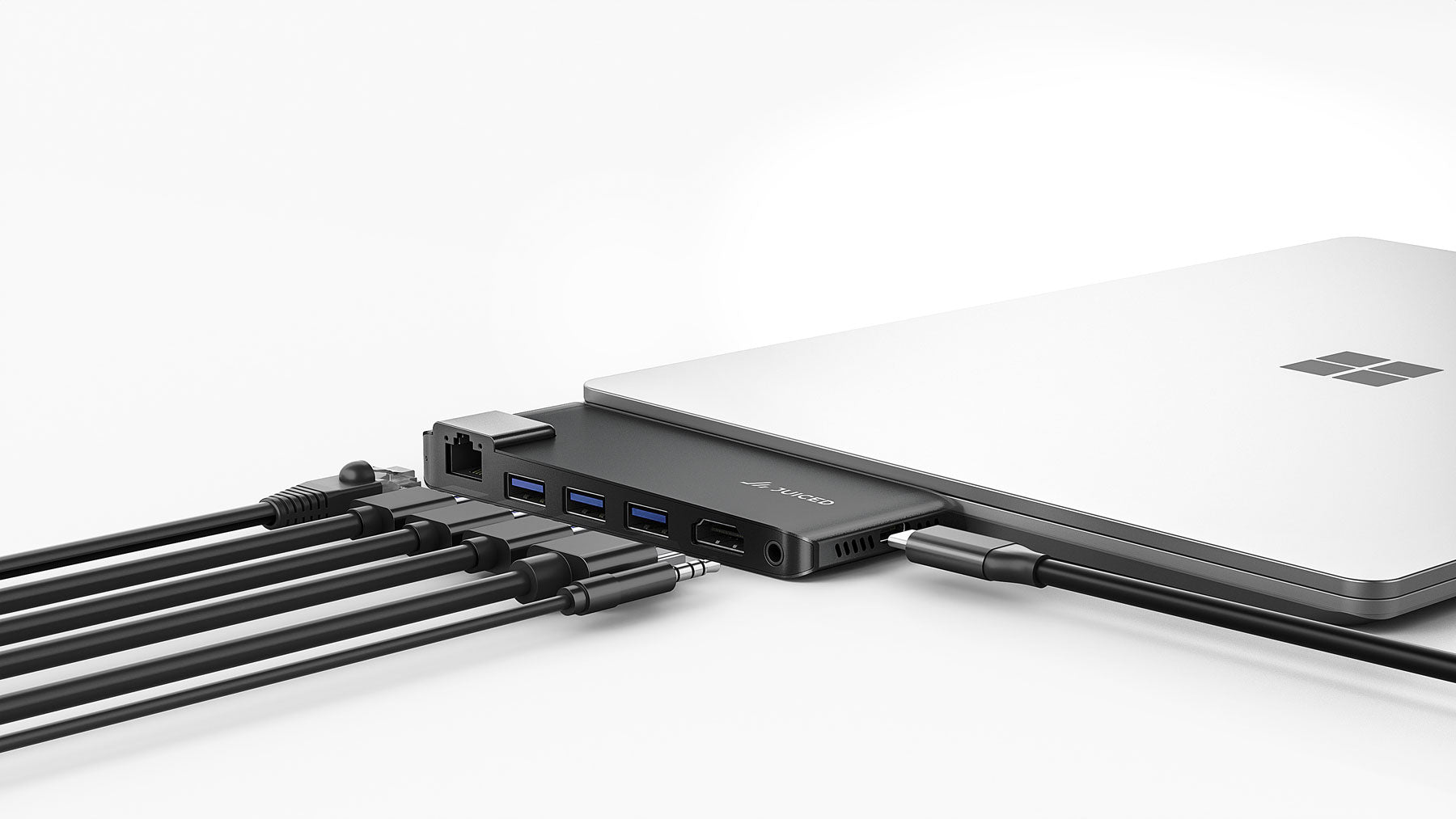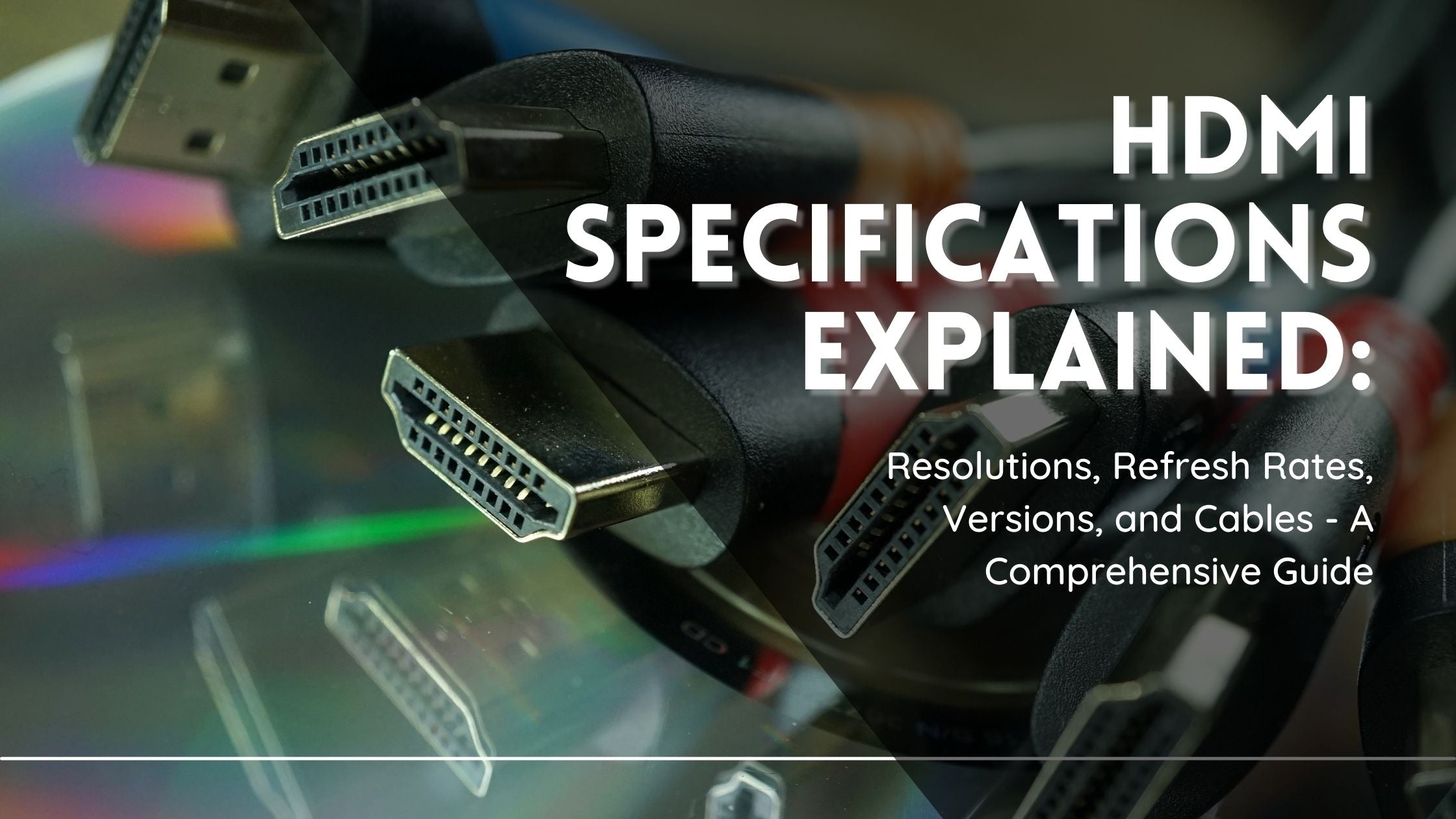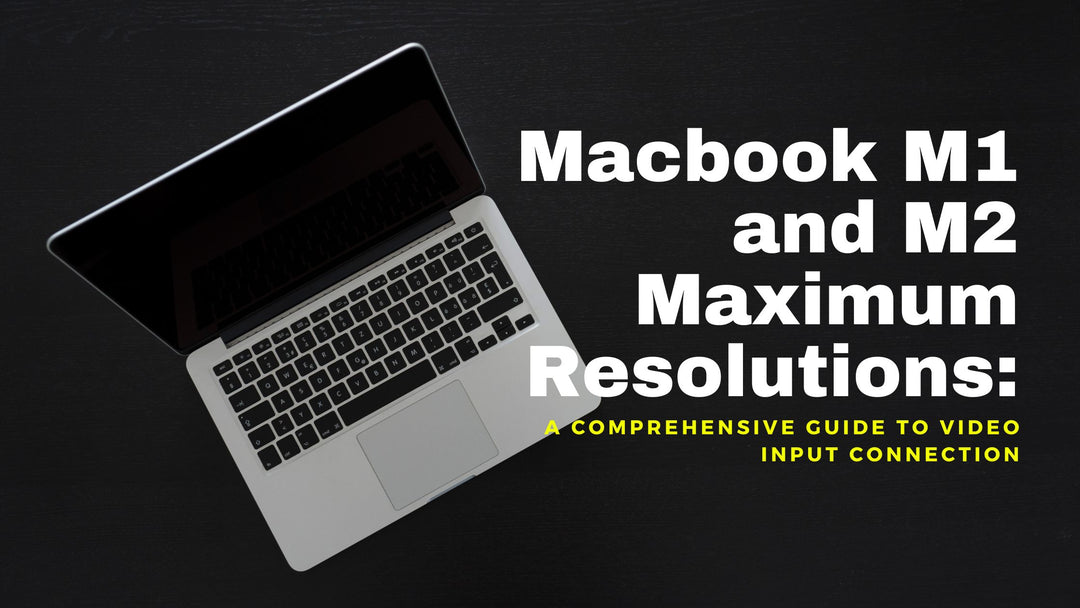HDMI Specifications Explained: Resolutions, Refresh Rates, Versions, and Cables - A Comprehensive Guide
- Introduction to HDMI Specifications
- HDMI Resolutions
- HDMI Refresh Rates
- HDMI Versions and Their Capabilities
- HDMI Cables and Connectors
- Compatibility and Backward Compatibility
- Frequently Asked Questions
Introduction to HDMI Specifications
As technology continues to advance, the High-Definition Multimedia Interface (HDMI) has become the standard for transmitting high-quality video and audio signals. In this comprehensive guide, we will delve into the various HDMI specifications, resolutions, and refresh rates to help you understand the capabilities and limitations of HDMI connections.
HDMI Resolutions
HDMI supports a wide range of video resolutions, from standard definition to ultra-high definition. Below is a list of the most common HDMI resolutions:
- 480i and 480p: These are standard-definition resolutions used in older devices such as DVD players and standard-definition televisions.
- 720p and 1080i: These are high-definition resolutions commonly found in HDTVs, Blu-ray players, and gaming consoles.
- 1080p: Also known as Full HD, this resolution offers more detail and sharpness than 720p and 1080i. It is used in most modern HDTVs, Blu-ray players, and gaming consoles.
- 4K (3840x2160): This ultra-high-definition resolution offers four times the detail of 1080p and is used in 4K TVs, monitors, and media players.
- 8K (7680x4320): This next-generation resolution offers 16 times the detail of 1080p and is used in cutting-edge devices like 8K TVs and monitors.
HDMI Refresh Rates
The refresh rate is the number of times per second that a display updates its image. Higher refresh rates provide smoother motion and reduce motion blur. HDMI supports a variety of refresh rates, including:
- 60Hz: This is the most common refresh rate for standard-definition and high-definition content.
- 120Hz: This higher refresh rate is supported by some gaming consoles and TVs for smoother motion in fast-paced content.
- 240Hz: This refresh rate is used in high-end gaming monitors and TVs for an even smoother gaming experience.
- Variable Refresh Rate (VRR): This technology, also known as Adaptive Sync, adjusts the refresh rate dynamically based on the content being displayed, reducing screen tearing and stuttering.
HDMI Versions and Their Capabilities
HDMI has gone through several versions, each introducing new features and capabilities. The most notable versions include:
-
HDMI 1.4: Introduced in 2009, this version added support for 4K resolution at 30Hz, Audio Return Channel
(ARC), and 3D video.
-
HDMI 2.0: Released in 2013, HDMI 2.0 increased the bandwidth to support 4K resolution at 60Hz, added support for 32 audio channels, and introduced HDR (High Dynamic Range) for improved color and contrast.
-
HDMI 2.1: Launched in 2017, this version further increased the bandwidth to support 8K resolution at 60Hz and 4K resolution at 120Hz. It also introduced new features like Variable Refresh Rate (VRR), Auto Low Latency Mode (ALLM), and Enhanced Audio Return Channel (eARC).
HDMI Cables and Connectors
HDMI cables and connectors come in various types to accommodate different devices and use cases:
- Standard HDMI (Type A): This is the most common connector type, used in TVs, monitors, gaming consoles, and media players.
- Mini HDMI (Type C): This smaller connector is used in devices like tablets and some laptops.
- Micro HDMI (Type D): This even smaller connector is found in smartphones and other compact devices.
-
HDMI Cable Types: HDMI cables are classified into different categories based on their capabilities:
- Standard HDMI Cable: Supports resolutions up to 1080i and 720p.
- High Speed HDMI Cable: Supports resolutions up to 4K and 3D video.
- Premium High Speed HDMI Cable: Offers higher performance for 4K and HDR content.
- Ultra High Speed HDMI Cable: Designed for 8K resolution and HDMI 2.1 features like VRR and eARC.
Compatibility and Backward Compatibility
HDMI is designed to be backward compatible, meaning newer versions of HDMI can work with older devices and cables. However, the performance may be limited by the capabilities of the older hardware. For example, if you connect a 4K Blu-ray player to a 1080p HDTV using a High Speed HDMI cable, the video will be displayed in 1080p resolution, as that is the maximum resolution supported by the TV. Want more information on HDMI and its capabilities for your Macbook, (Read more).
-
FAQ
The maximum resolution supported by HDMI depends on the version being used. HDMI 2.1 supports up to 8K (7680x4320) at 60Hz, while HDMI 2.0 supports up to 4K (3840x2160) at 60Hz.
HDMI and DisplayPort are both digital video interfaces , but they have some key differences. HDMI is primarily used for consumer electronics like TVs and gaming consoles, while DisplayPort is often found in computer monitors and professional AV equipment. DisplayPort generally supports higher resolutions and refresh rates, as well as daisy-chaining multiple monitors.
Yes, you can use an HDMI cable to connect your laptop to your TV, provided both devices have compatible HDMI ports. If your laptop has a Mini or Micro HDMI port, you will need an adapter or a cable with the appropriate connector.
Yes, HDMI is designed to be backward compatible. This means newer versions of HDMI can work with older devices and cables. However, the performance may be limited by the capabilities of the older hardware.
For 4K content, you will need a High Speed HDMI cable or a Premium High Speed HDMI cable. For 8K content, you will need an Ultra High Speed HDMI cable that is designed to support HDMI 2.1 features like VRR and eARC.
Audio Return Channel (ARC) is a feature in HDMI that enables audio to be sent from a display, like a TV, back to a compatible audio system or soundbar without the need for additional audio cables. This simplifies the setup and reduces cable clutter.









